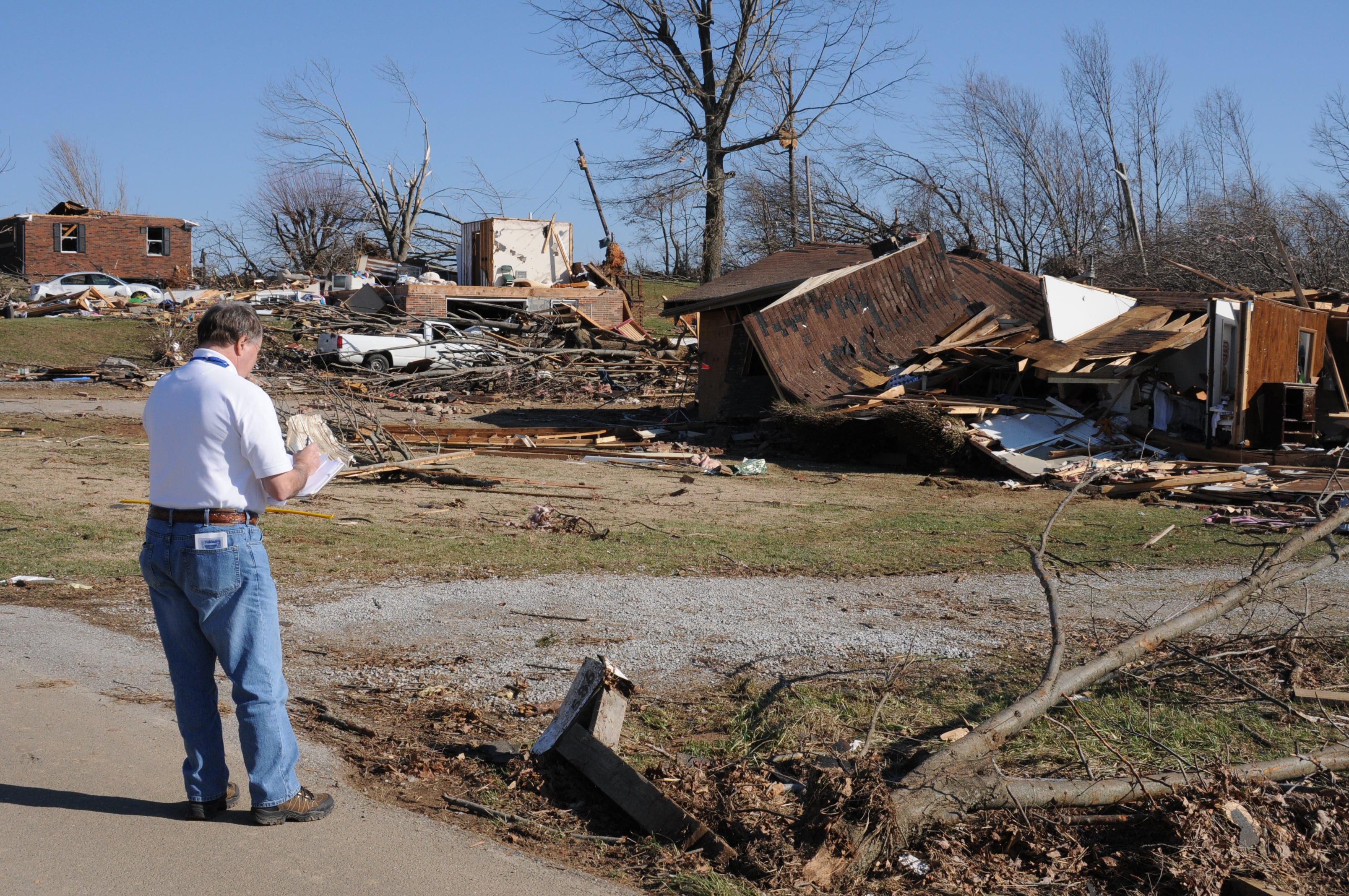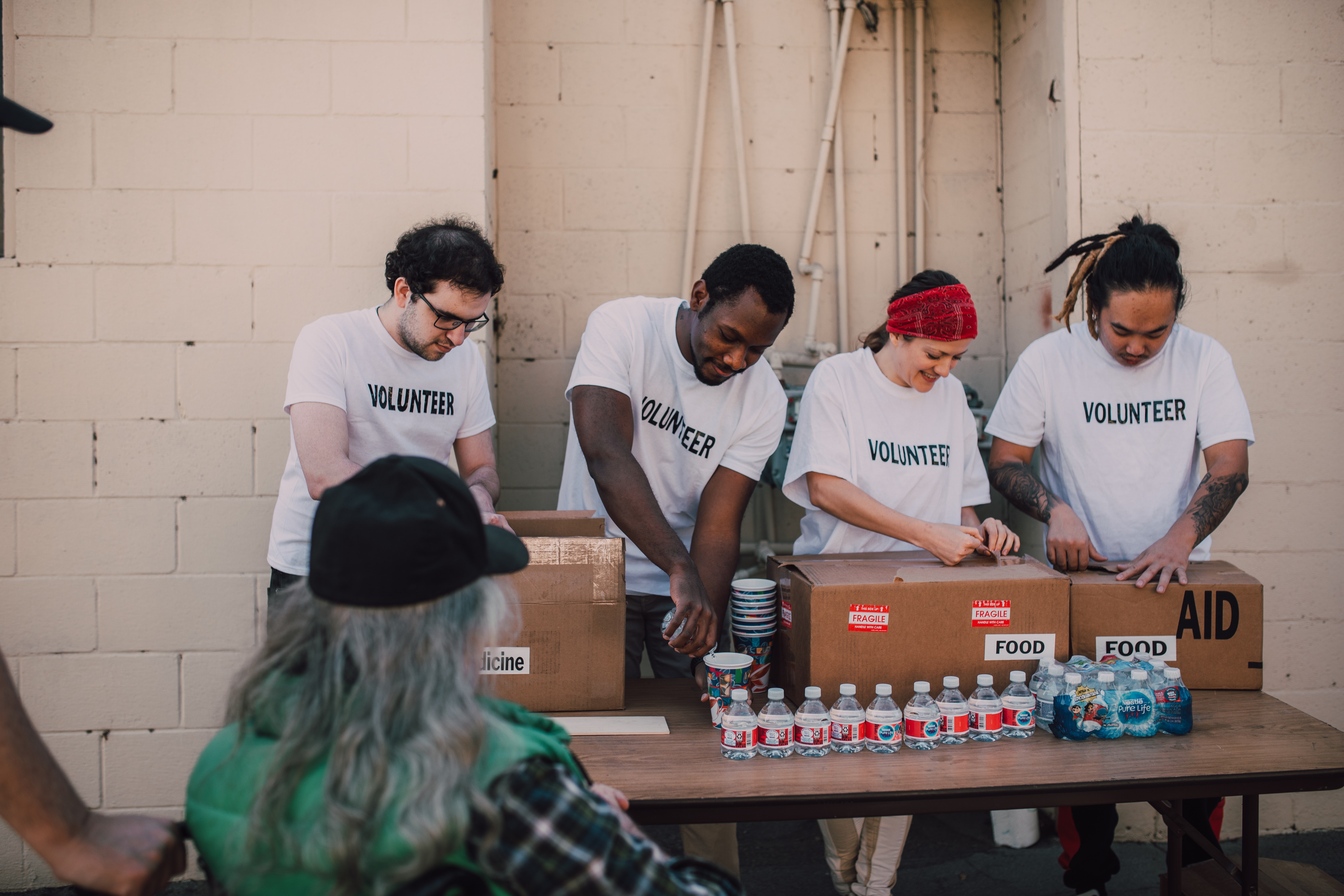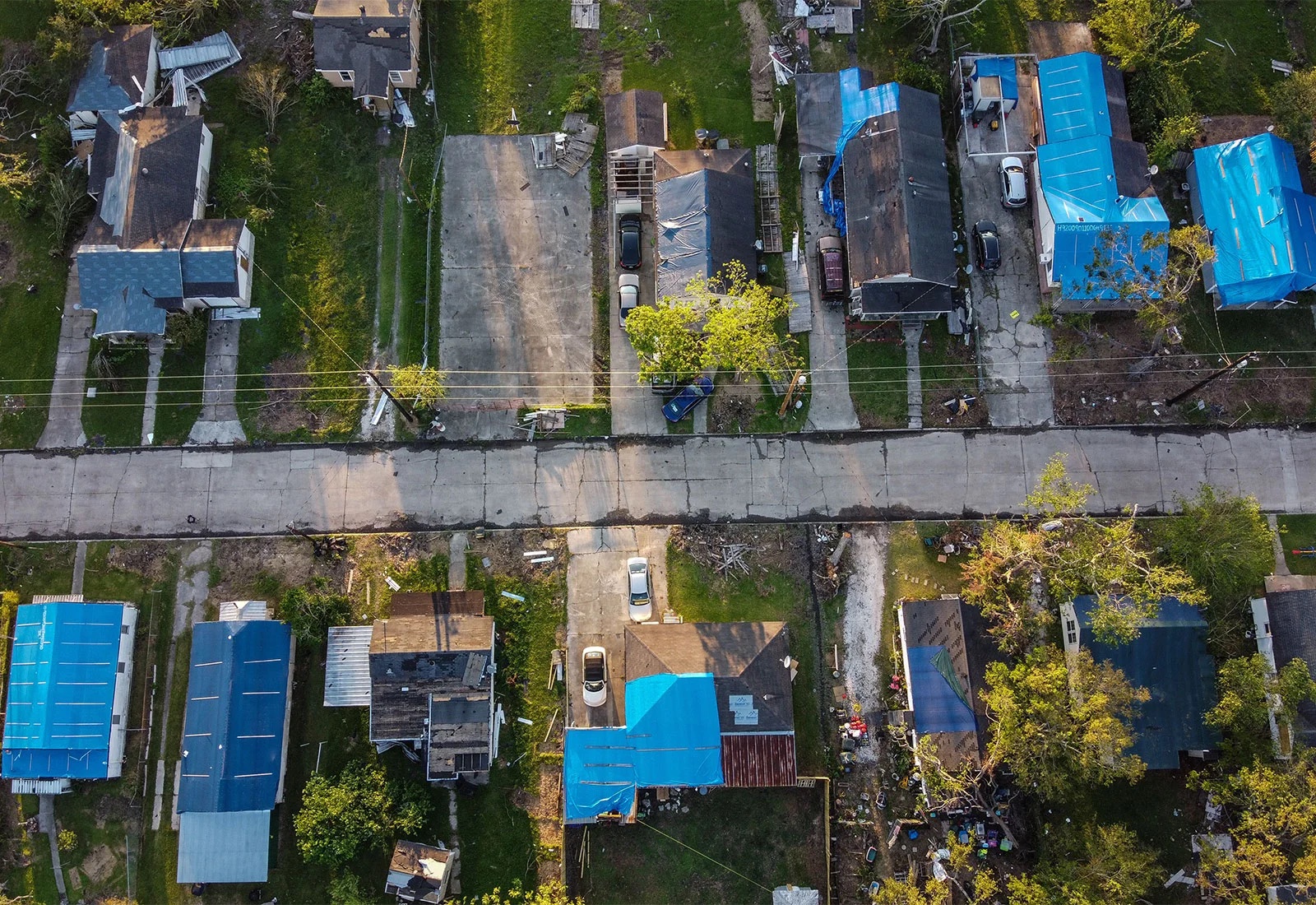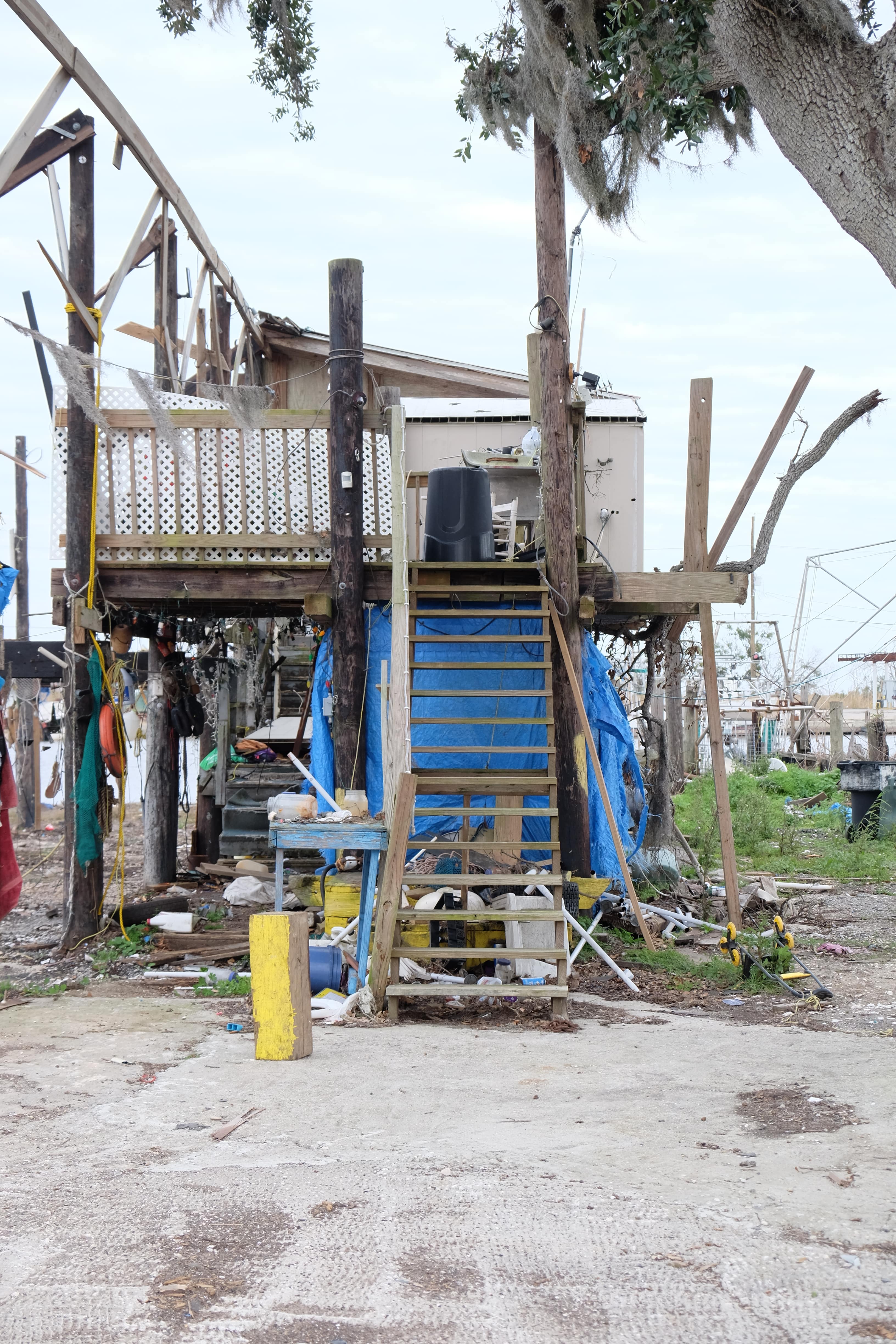About the Project
This project is a joint effort by students and faculty within the Master of Urban and Regional Planning program at the University of Michigan and the National Disaster Preparedness Training Center (NDPTC) as a Capstone project for the Winter 2022 semester. Using Hurricane Ida and the Greater New Orleans Area as a case study we worked to add technology to disaster response. We collected images of damaged homes to train a machine learning model during the visit and met with individuals like Tab Troxler, the St. Charles Parish Assessor, who hosts thousands of relevant disaster images for our project. In talking with professionals and organizations on the ground, we confirmed our goals of adding local knowledge and context to our machine learning tool.





